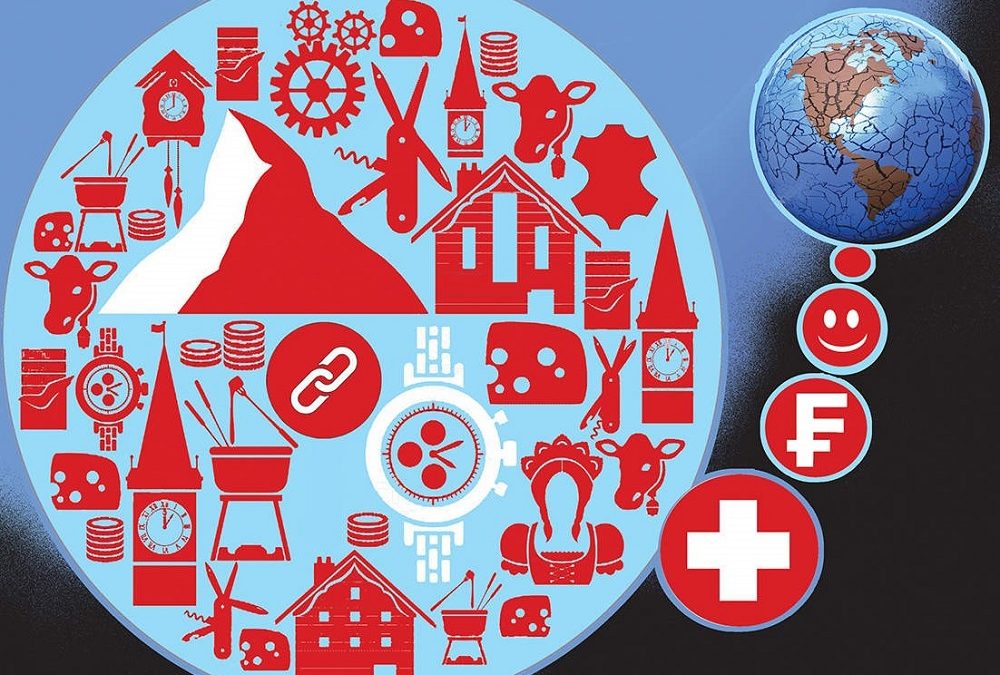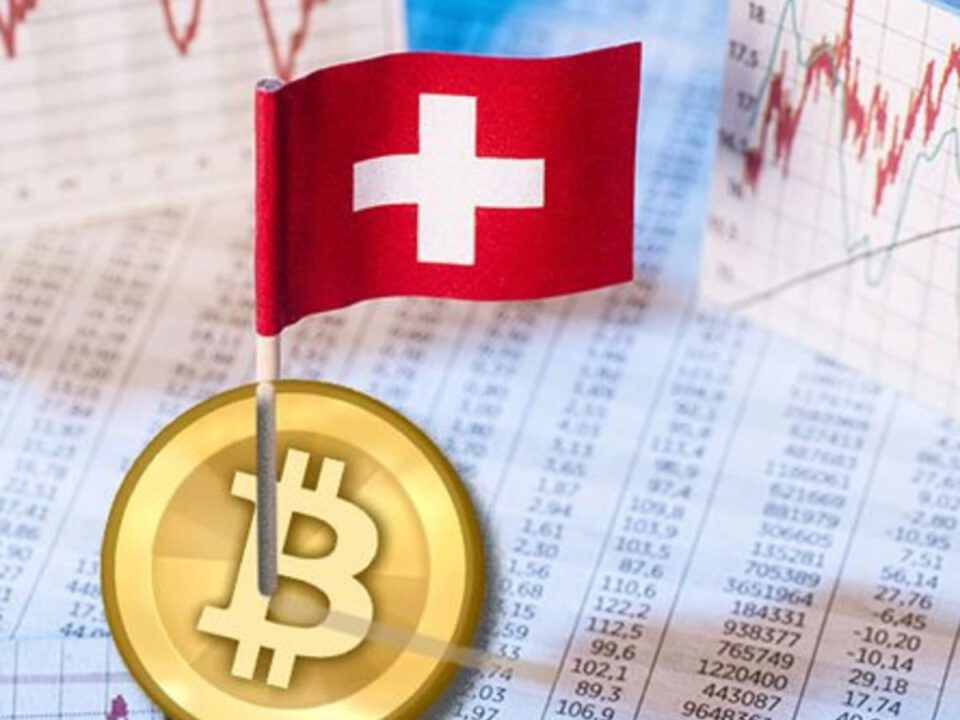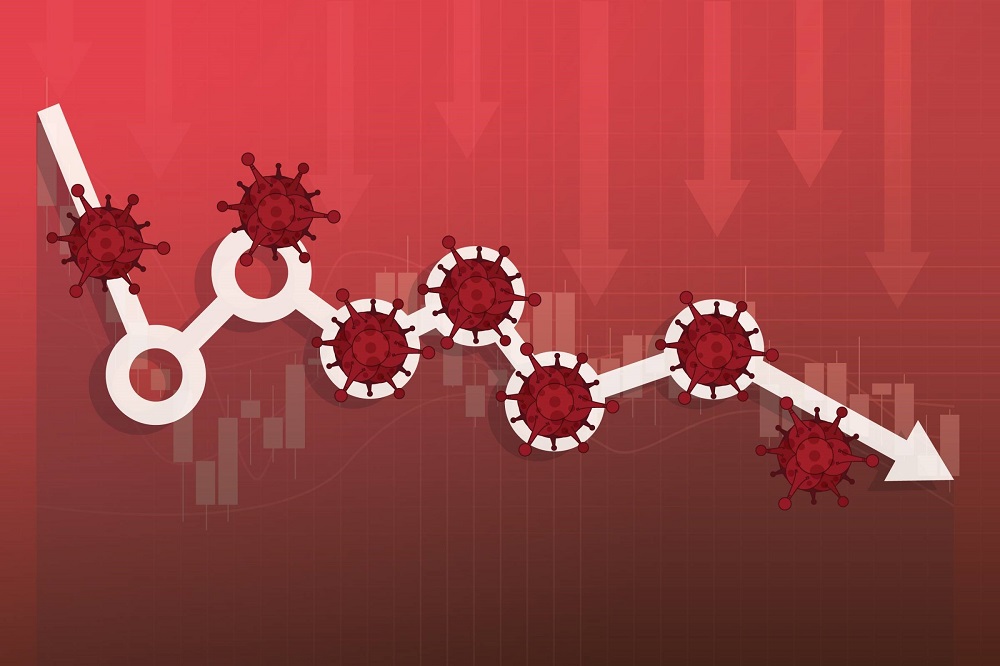Gross domestic product in the 3rd quarter of 2019: pharmaceuticals and energy bolster growth
Switzerland’s GDP rose by 0.4% in the 3rd quarter of 2019, after increasing by 0.3% in the previous quarter.* Exports of chemical and pharmaceutical products and energy were key contributing factors. In other areas, the impact of the subdued international environment was felt more strongly.
The economic slowdown is being borne out on the whole. In manufacturing (+1.2%), the growth from the previous quarters continued thanks to the dynamic development of the chemical and pharmaceutical segment, which saw a significant increase in value added and exports. In contrast, industry sectors which are more sensitive to business cycle developments (especially machinery and metals) reported further declines in exports and were thus in line with the international environment.
Meanwhile, the energy sector (+8.2%) also recorded its strongest ever growth on the back of particularly favourable weather conditions and saw a powerful surge in exports accordingly. Overall, exports of goods** (+0.7%) rose slightly, while imports** (+1.1%) also increased. Domestic demand saw moderate growth in the 3rd quarter.
Private consumption (+0.2%) lost a little momentum compared to previous quarters, while government consumption (+0.5%) gained impetus following a weak quarter. Investment in construction (+0.2%) hardly grew at all, as did value added in construction (+0.1%).
In spite of the uncertain environment, investment in equipment (+0.7%) managed to regain the ground it lost in the previous quarter and is therefore at more or less the same level as it was two years ago. Momentum in the service industry was also slowed down by the cautious environment in general. Most service sectors recorded either modest increases or slight drops in value added.
Development in the business services sector (−0.1%) in particular declined for the second time in succession in the wake of the economic slowdown. A fall in value added was also registered in the finance sector (−0.6%). In contrast, trade (+0.4%), bolstered by both retail and wholesale, managed to expand again after a negative quarter. Both exports (+1.1%) and imports of services (+0.9%) saw average growth.





